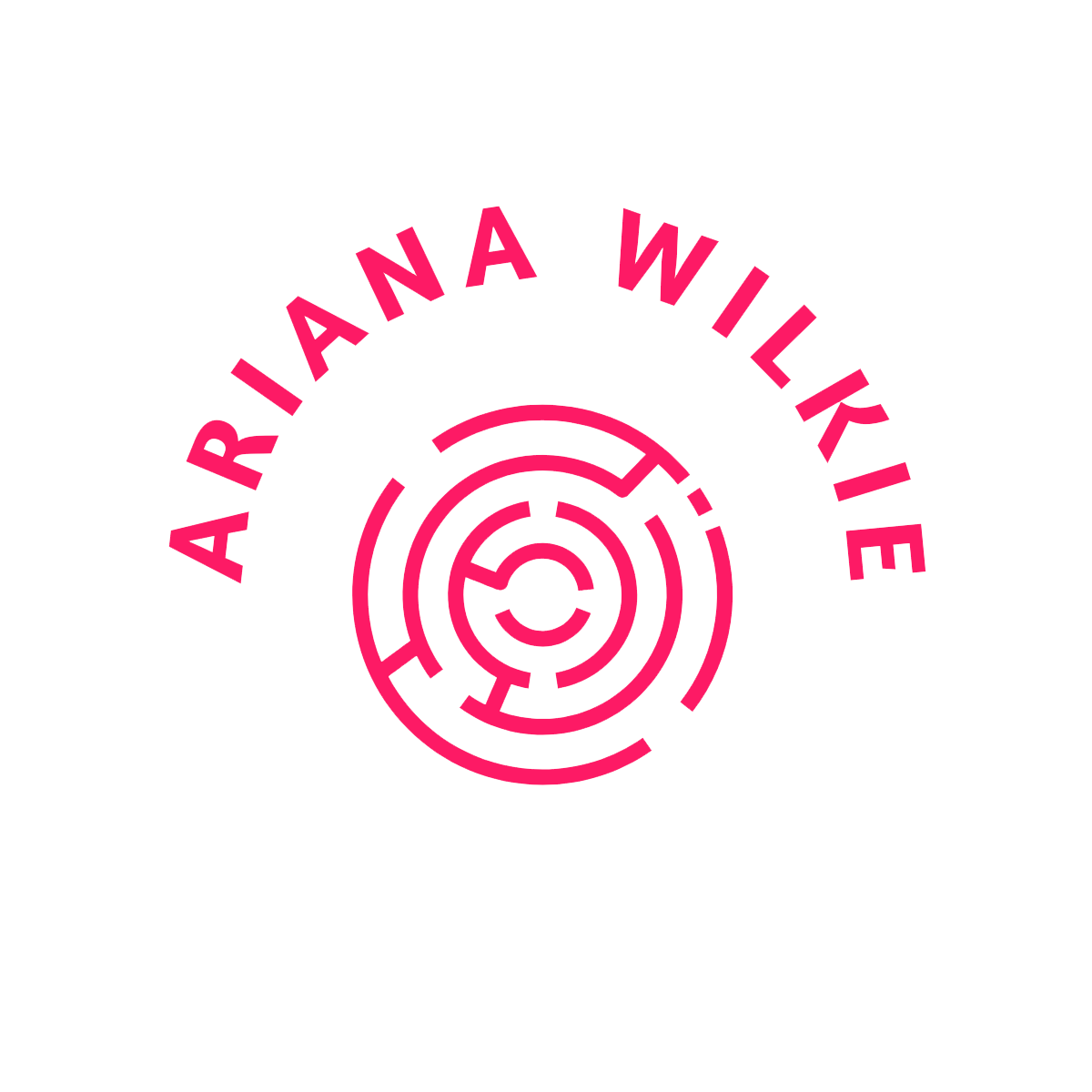Beneath a Sunny Sky was an experimental immersive walking tour, to see where Carroll may have drawn inspiration from his surroundings to create an expansive Wonderland. I wanted to honor the original story with historical background, so I used John Tenniel’s original engravings as the only representation of Wonderland in the experience.
The project has two parts: digital and physical. The physical world is the adult world, with a (relatively) accurate map of Oxford. The digital world is a recreation of the town as it might have felt to a seven year old Alice Liddell’s mind: cartoonish and with the buildings out of place.

Instructions

Artifacts

Map

Puzzle Pieces
Physical Component
Digital Component
Gameplay Demonstration
Players must connect the digital and physical world to reveal a code and hear a final Carroll poem, featured in Through the Looking Glass in 1871. The first letter in each line of the poem spells the real Alice’s name: ALICE PLEASANCE LIDDELL, making it clear to me that this is who the piece was intended for. I reimagined the conception of the poem as a writer’s final nostalgic look at the inspiration behind his most well-known art.
My intent for the piece was for players to have a choice in how they interact with the world. There are “Easter eggs” (i.e. Do-do-Dodgson - Carroll based the Dodo bird on himself because he had a stutter) that may only be realized by those who are already familiar with Dodgson. There is a lot of rather dry text before players lift the mirror, partially to give players background knowledge but also to emphasize the “adult world” of Oxford before looking through a Wonderland lens. Just as in museums, players can either rush through the entire project, read everything, or read everything and continue to research on their own. These choices are all equally valuable.
I researched real walking tours of Oxford people have taken or suggested taking to see where Carroll frequented and Tenniel based his artwork off of. I used real images from these places on the title cards and tried to find Tenniel illustrations that look similar or at least enhance the image in some way.
The numbers and letters used to navigate the scene (0, 8, M) are meant to be nonsensical themselves, like much of Carroll’s other poetry.

